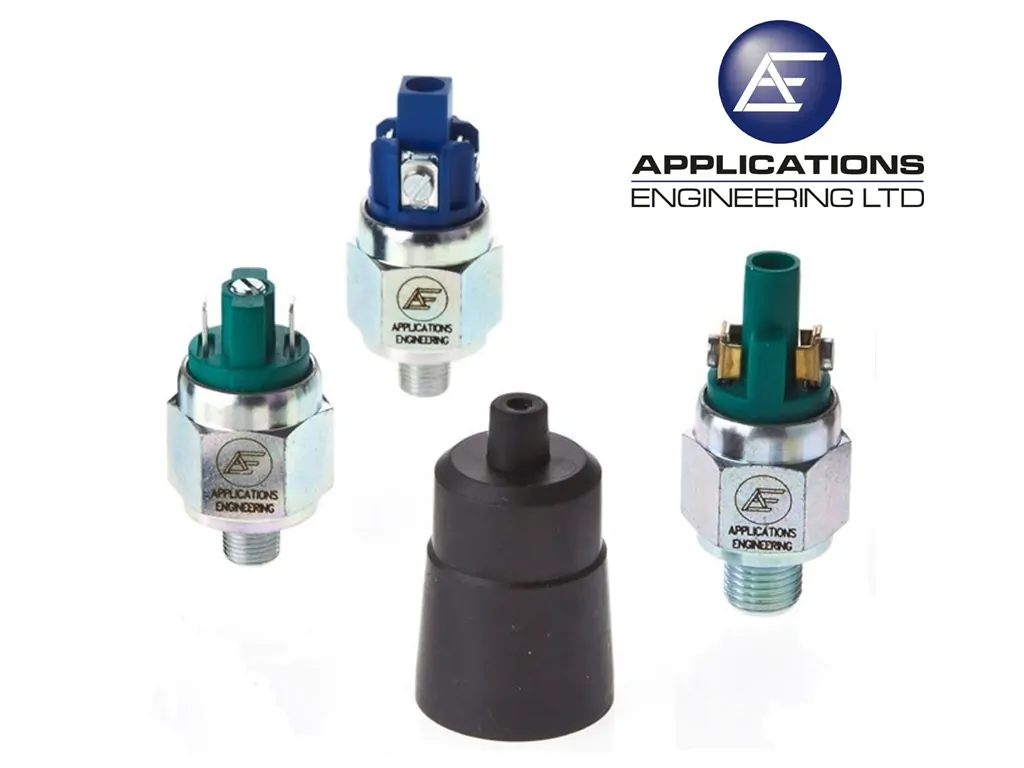 Add My Company
Add My Company

Understanding Differential Pressure Switches: A Guide
Differential pressure switches are essential components in a wide range of industrial and engineering applications, from water management and energy distribution to chemical processing. These devices play a critical role in environments where safety and efficiency are paramount, ensuring precise and reliable pressure monitoring.
This guide outlines what differential pressure switches are, their functionality, and the advantages they offer across industries.
What is Differential Pressure?
To understand differential pressure switches, it’s important to grasp the concept of differential pressure itself.
Differential pressure is the difference in pressure between two points within a system. Measuring this difference is vital in industrial processes, providing insights into flow rates, filter conditions, and overall system performance.
How Do Differential Pressure Switches Work?
Differential pressure switches are designed to detect and respond to pressure differences between two points. These devices typically comprise three main components:
- Sensing Element – Often a diaphragm, capsule, Bourdon tube, or bellows that detects pressure variations.
- Range Spring – Resists the movement of the sensing element and defines the switch's pressure range.
- Microswitch – Activates or deactivates a circuit when the pressure difference reaches a preset threshold.
When the detected differential pressure crosses the defined limit, the microswitch triggers an alarm or initiates a control action, enabling timely response to system changes.
Applications of Differential Pressure Switches
These switches are employed across diverse industries and settings, including:
- Oil and Gas: Monitoring wellhead pressures and preventing leaks.
- Manufacturing: Ensuring efficient operation of pneumatic and hydraulic systems.
- Aerospace: Regulating cabin pressure and airflow.
- Water Treatment: Monitoring filtration systems.
- Chemical Processing: Maintaining precise flow and pressure conditions.
- Medical and Laboratory Settings: Preventing cross-contamination and controlling cleanroom environments.
- Energy and Nuclear Facilities: Ensuring safe process control.
- Marine Applications: Managing fuel and ballast systems.
Specific tasks include monitoring air filter performance, controlling airflow, stabilising cabin pressure, and overseeing hydraulic or pneumatic operations.
Benefits of Differential Pressure Switches
Incorporating differential pressure switches into your systems provides numerous advantages:
-
Efficiency:
Detecting small pressure variations helps identify inefficiencies, such as blockages or leaks, enabling timely interventions to maintain performance. -
Safety:
In critical environments, these switches help prevent system failures, ensure adequate airflow, and avoid cross-contamination. -
Accuracy:
Precise pressure control is vital in applications like chemical processing, where exact flow rates and pressures are essential. -
Cost Savings:
Early detection of pressure drops reduces maintenance costs and downtime, while optimising energy usage. -
Versatility:
Suitable for numerous applications, these switches adapt seamlessly to diverse industrial requirements.
Choosing the Right Differential Pressure Switch
When selecting a differential pressure switch, consider these factors:
- Pressure Range: Ensure the switch meets your system’s operational requirements.
- Material Compatibility: Verify that the switch’s components are suitable for the fluids or gases in your system.
- Environmental Conditions: Account for temperature, humidity, and other environmental factors.
- Accuracy Requirements: Match the switch to your system's precision needs.
- Output Signal: Decide between simple on/off functionality or more complex output signals.
Expert Support from Applications Engineering
At Applications Engineering, we specialise in guiding businesses through the selection and implementation of differential pressure switches tailored to their specific needs.
Our extensive stock, based at our East Sussex facility, ensures rapid turnaround times for orders, providing the equipment you need precisely when required.
Let our expertise simplify pressure measurement and control. Contact Applications Engineering today to discuss your requirements and benefit from our comprehensive range of high-quality pressure transducers, transmitters, switches, and sensors.
We’re here to make pressure management more straightforward and reliable for your operations.
For more information on Quick Guide to Differential Pressure Switches talk to Applications Engineering Limited

